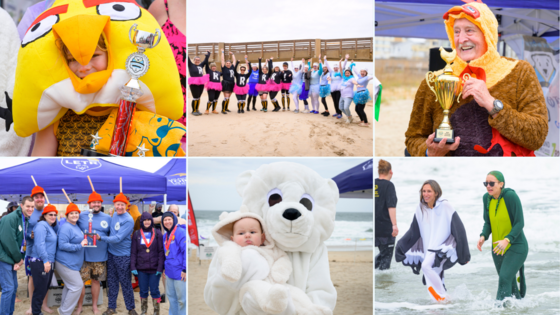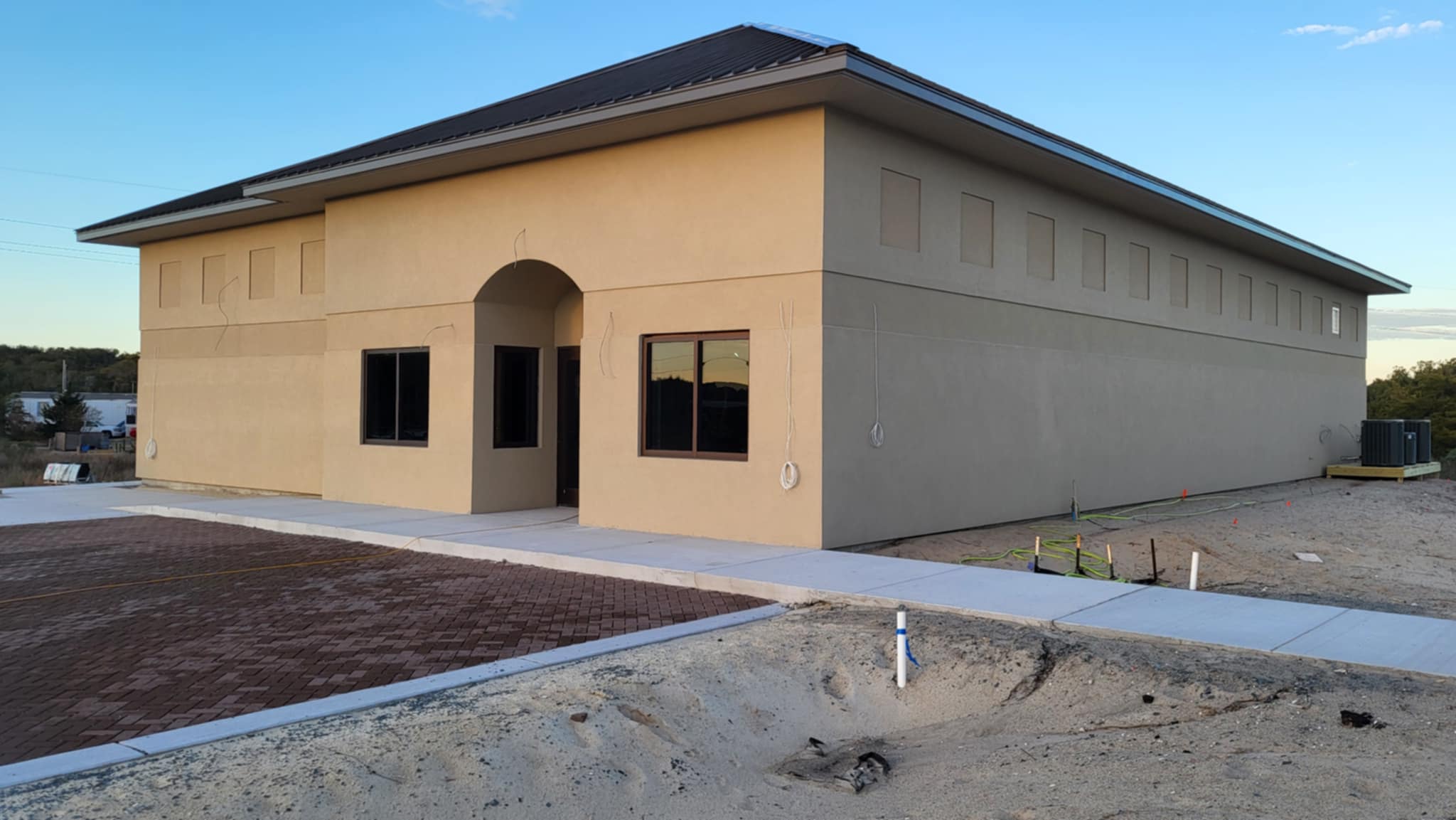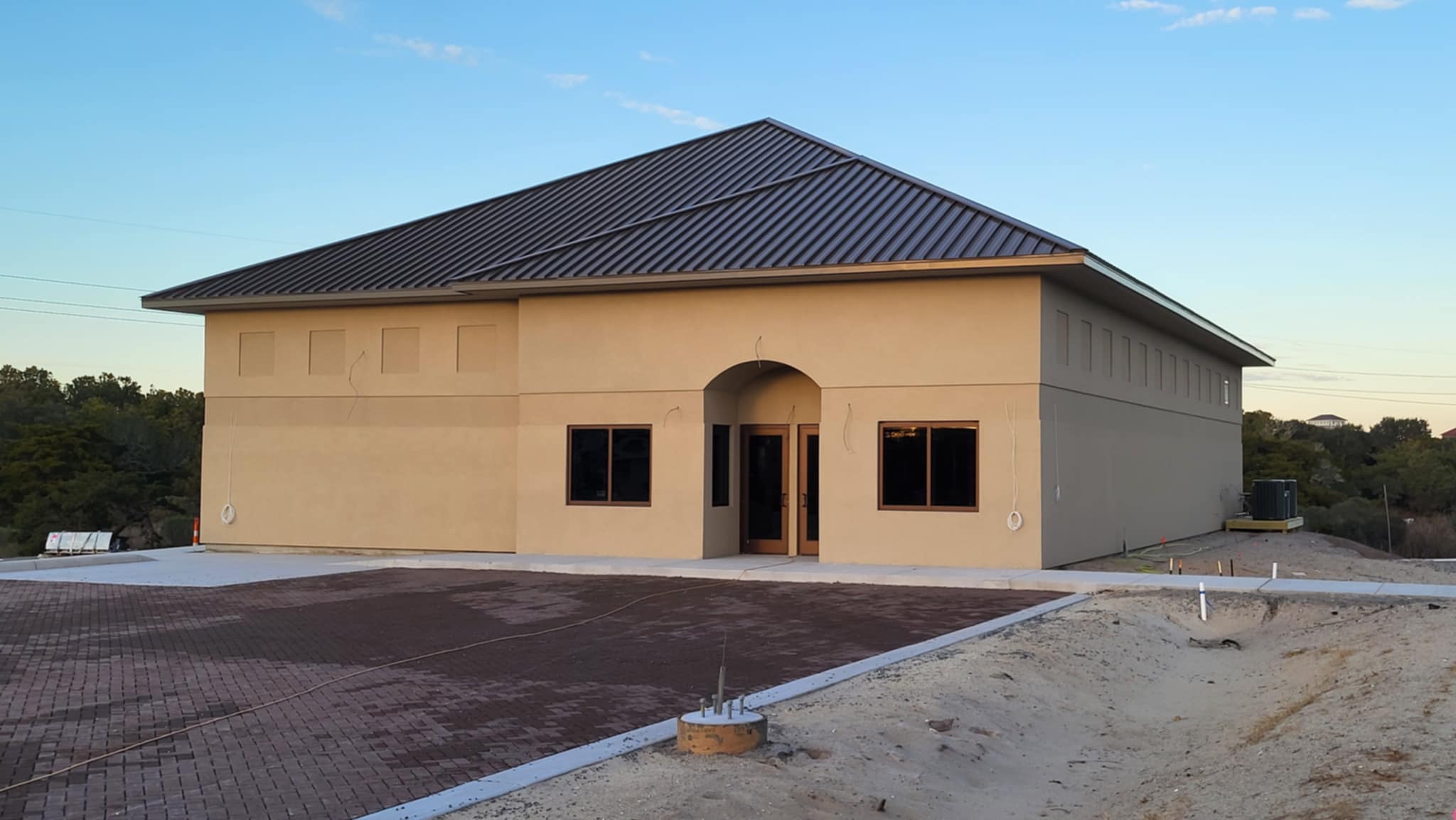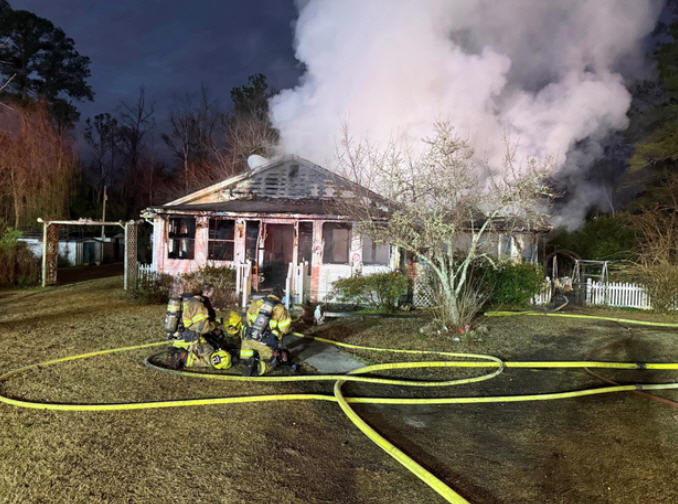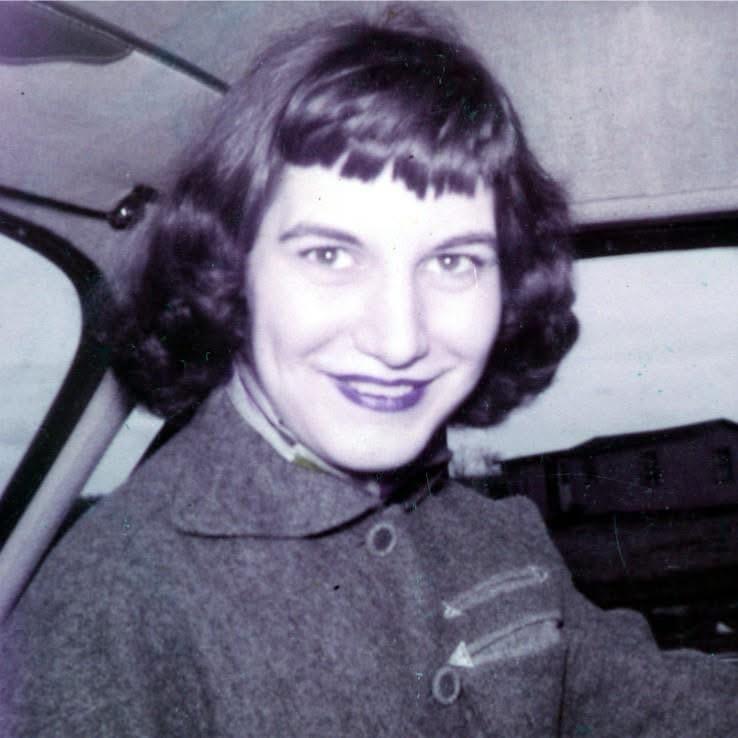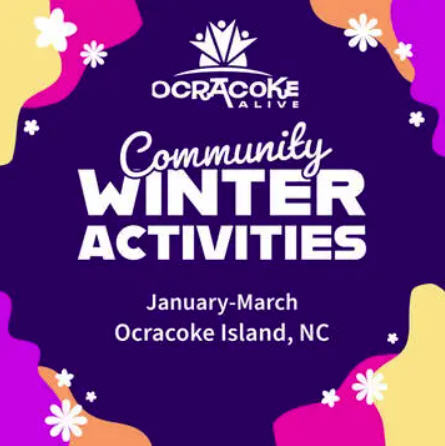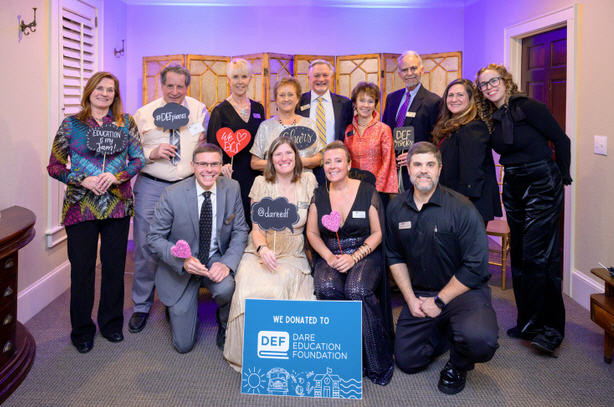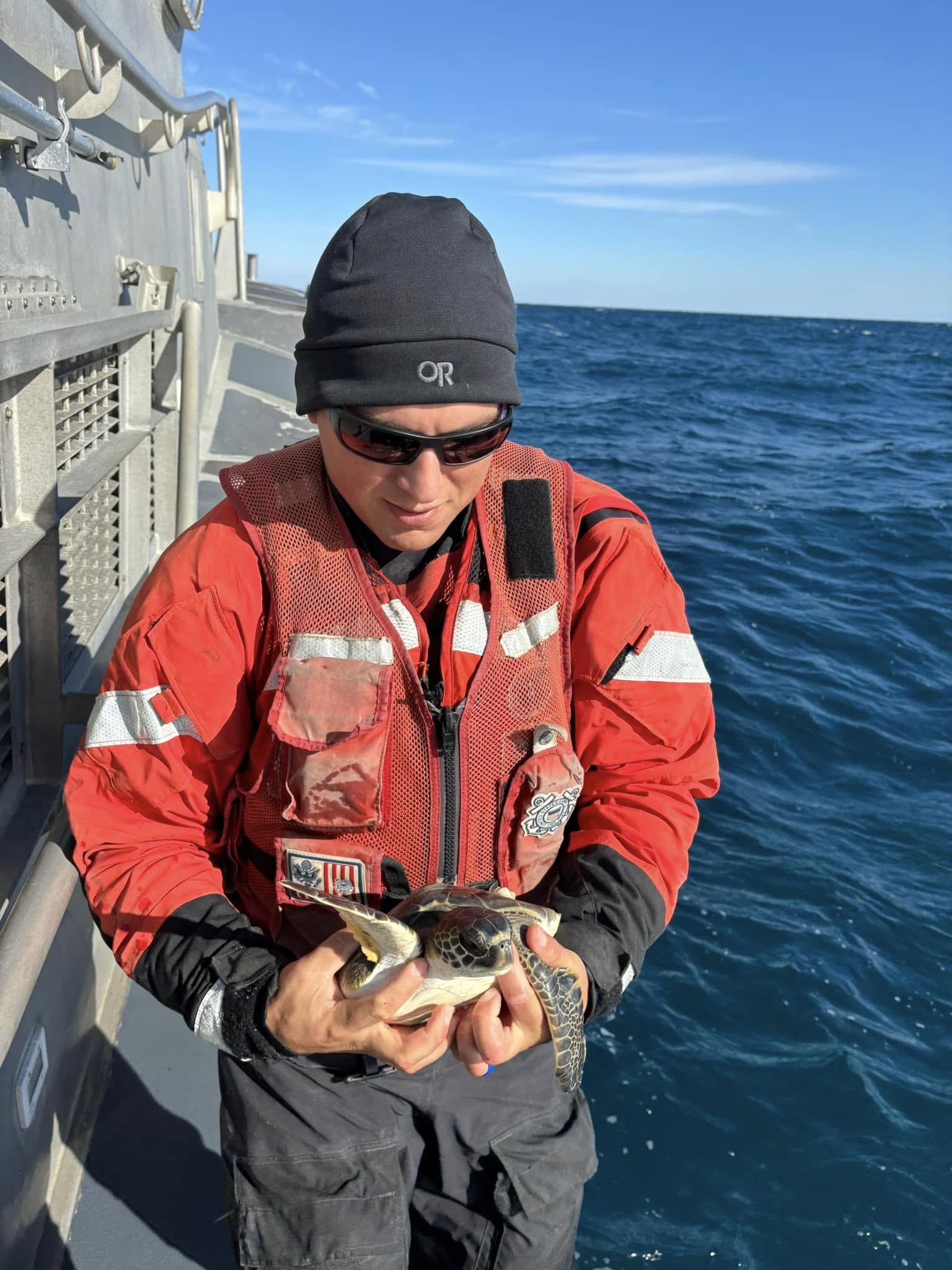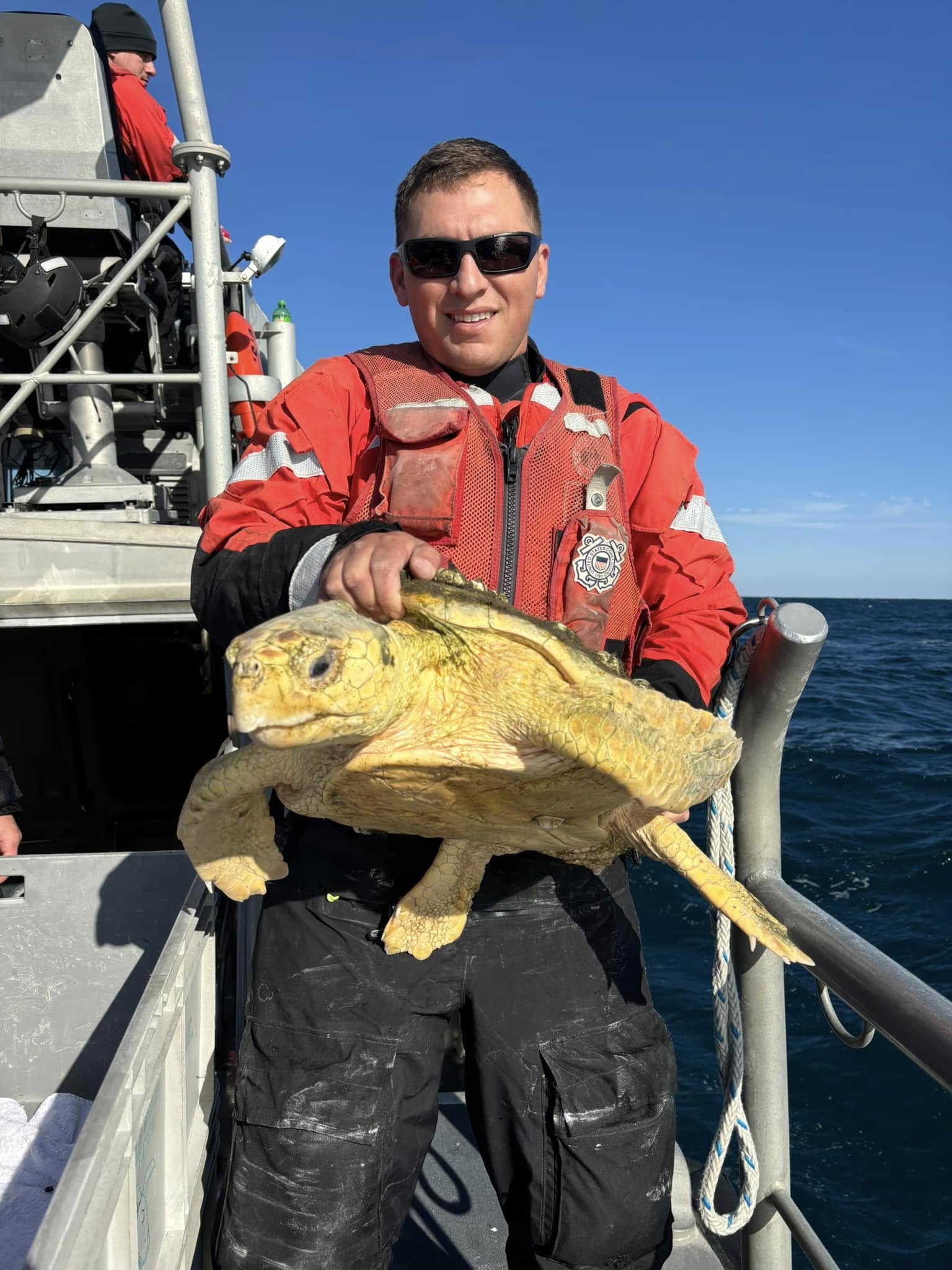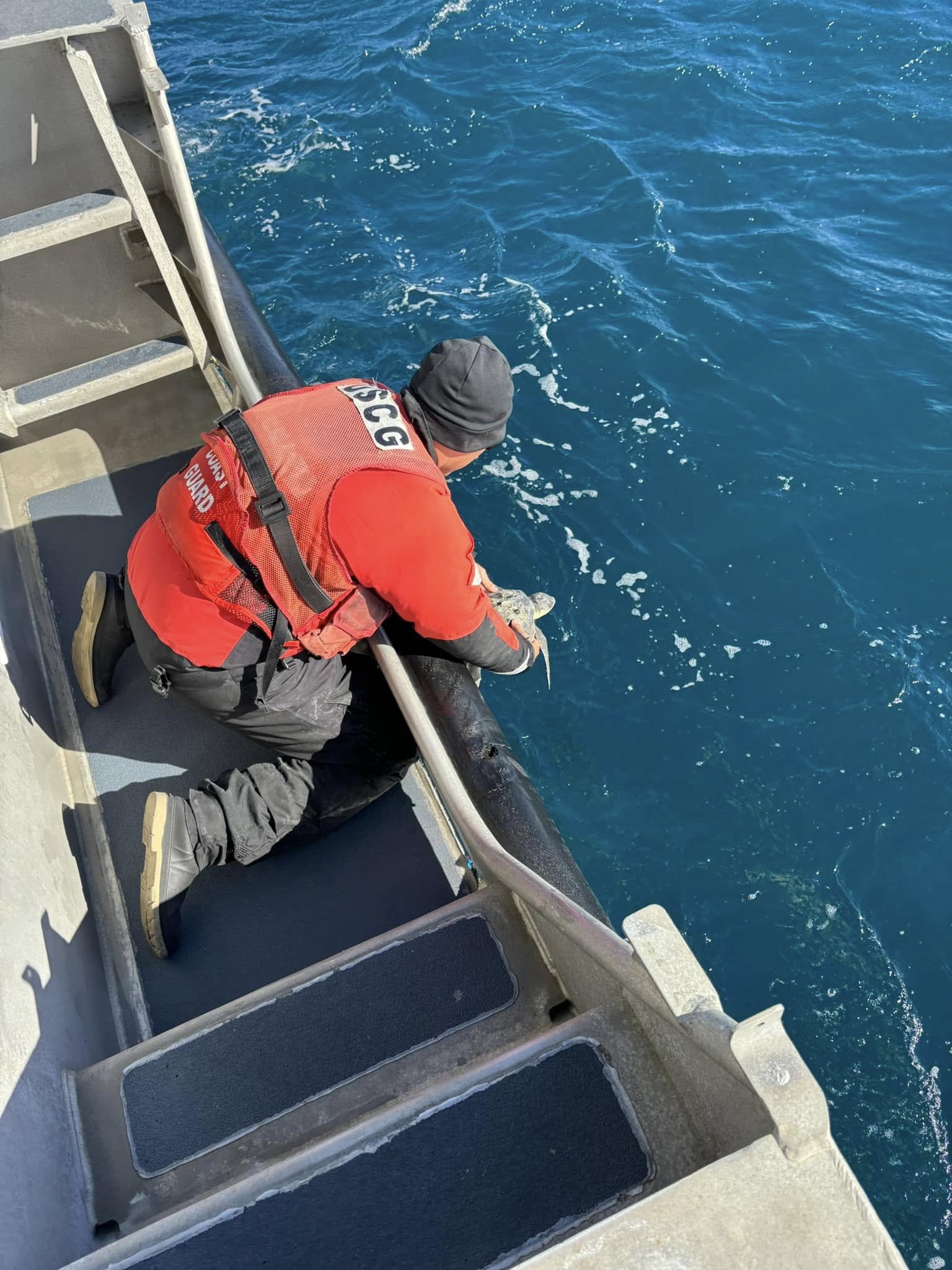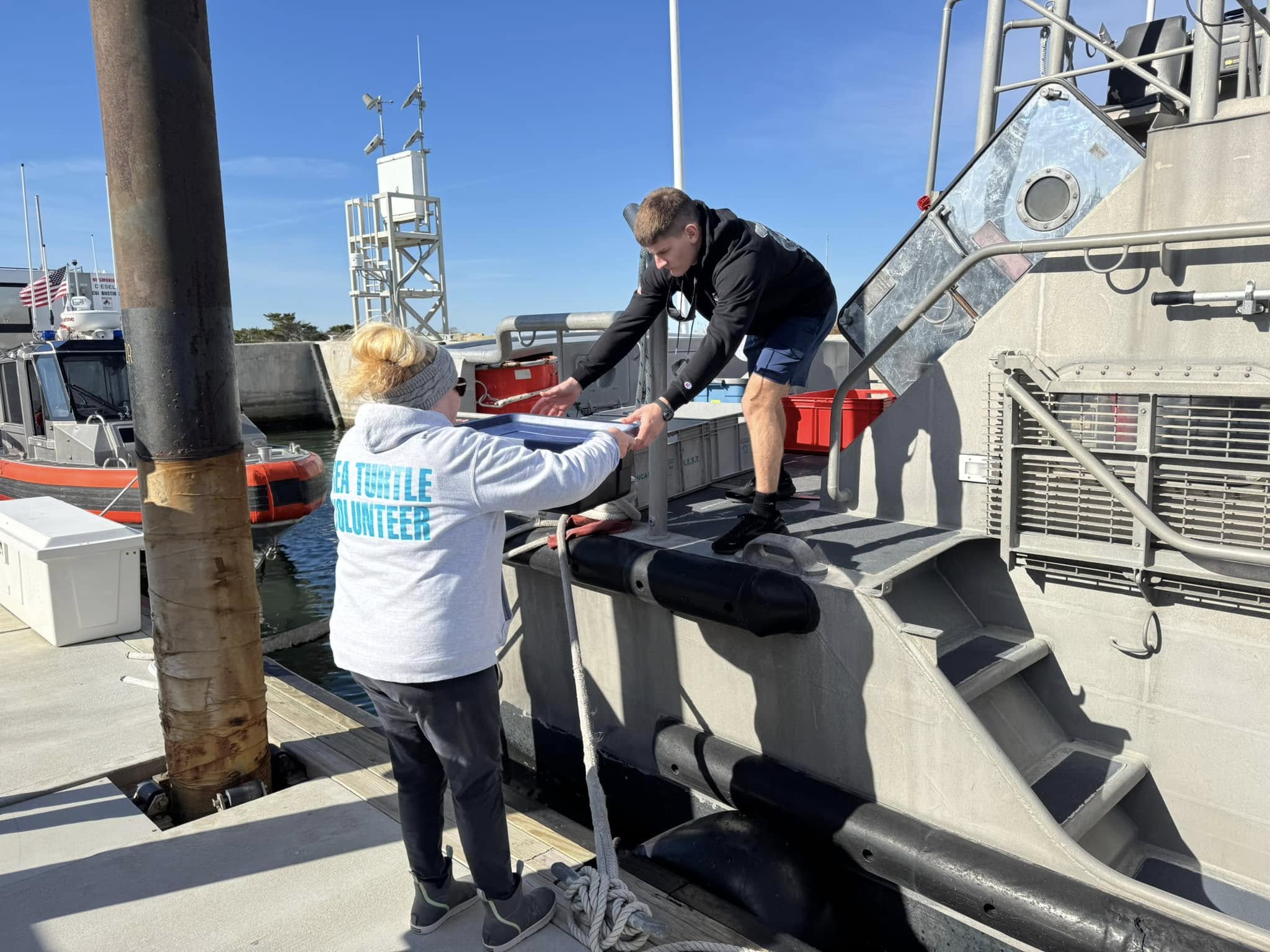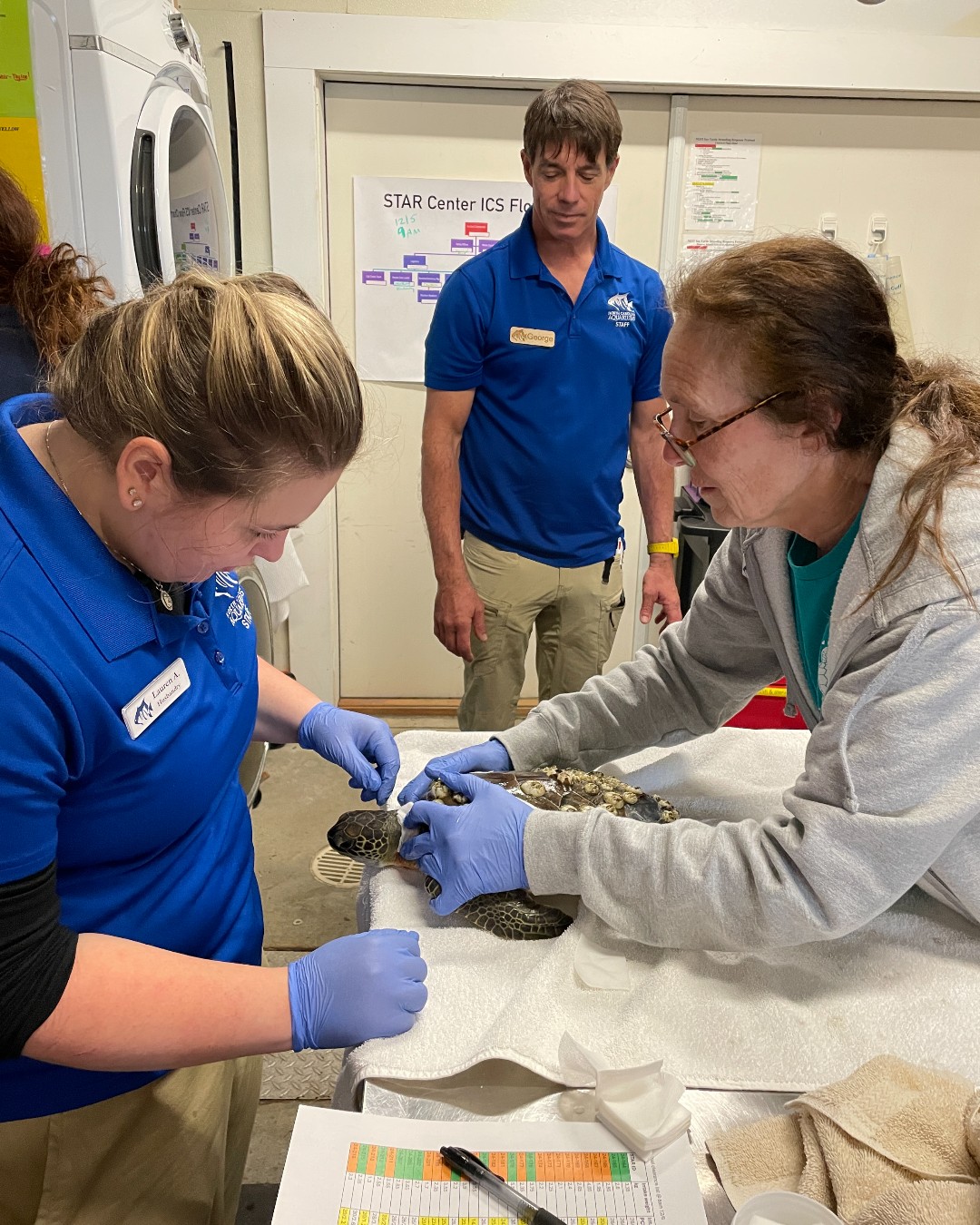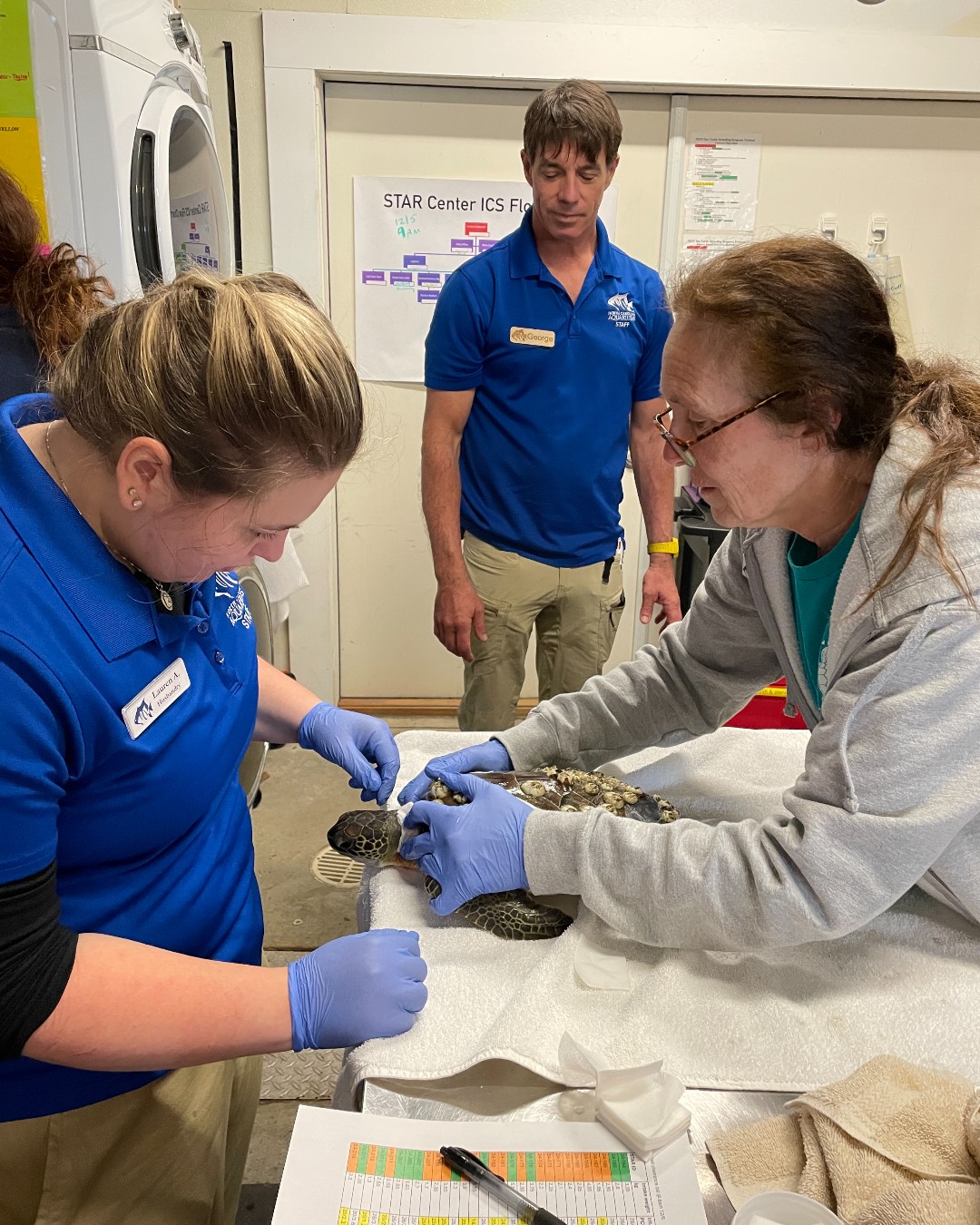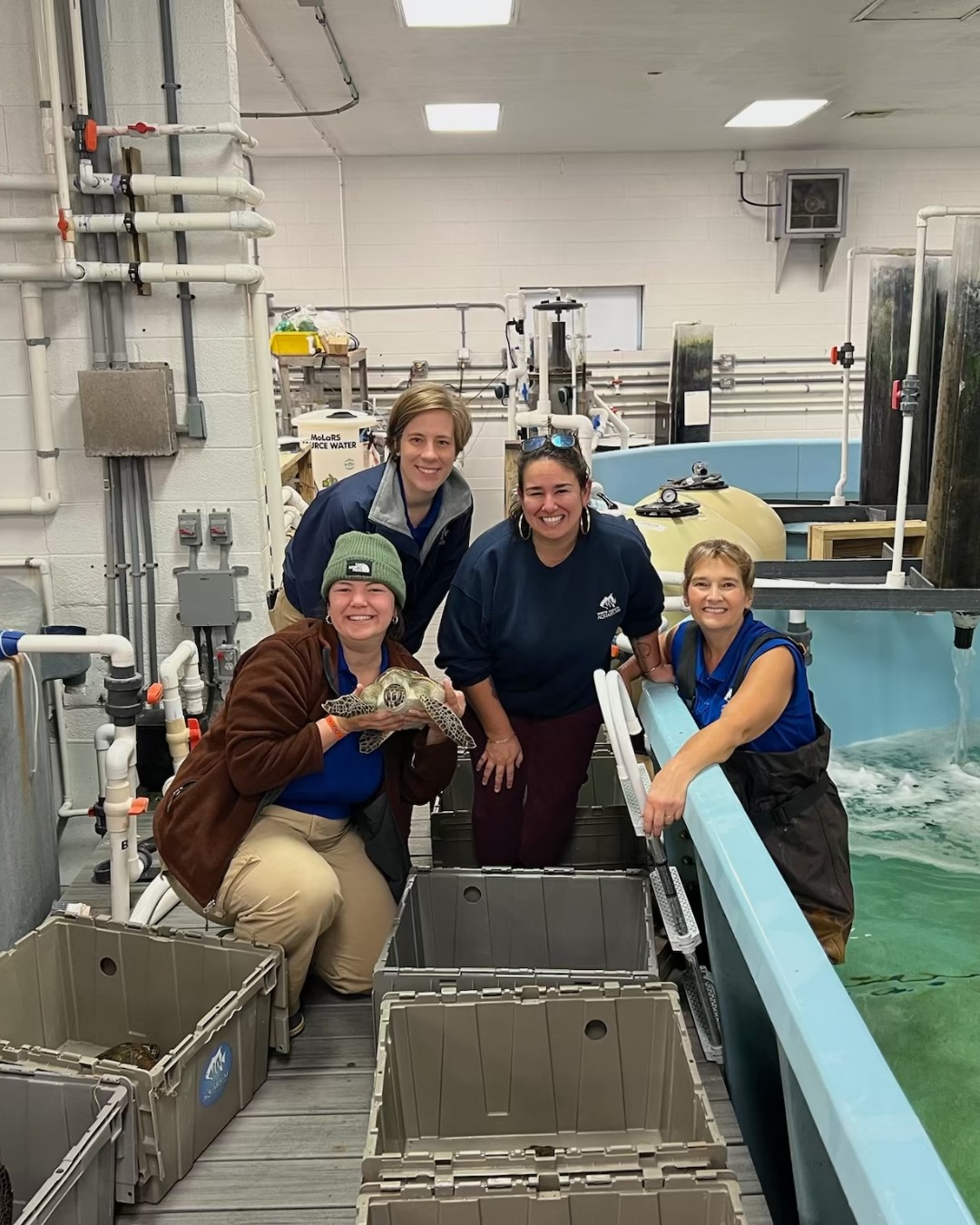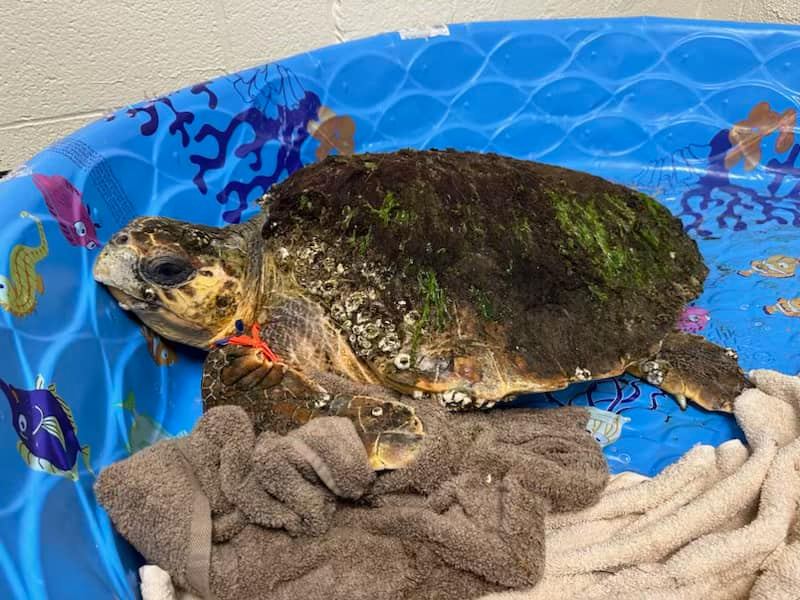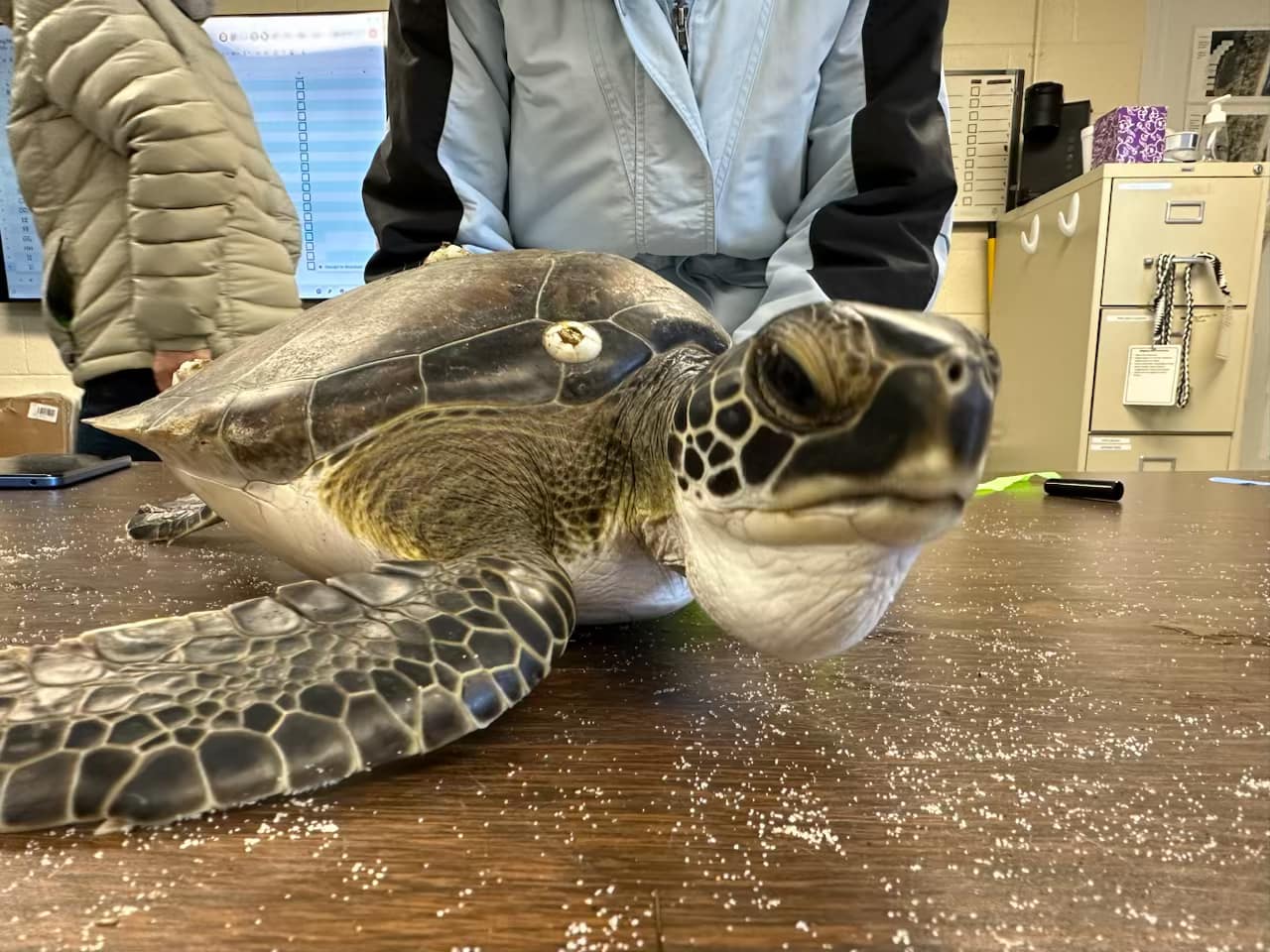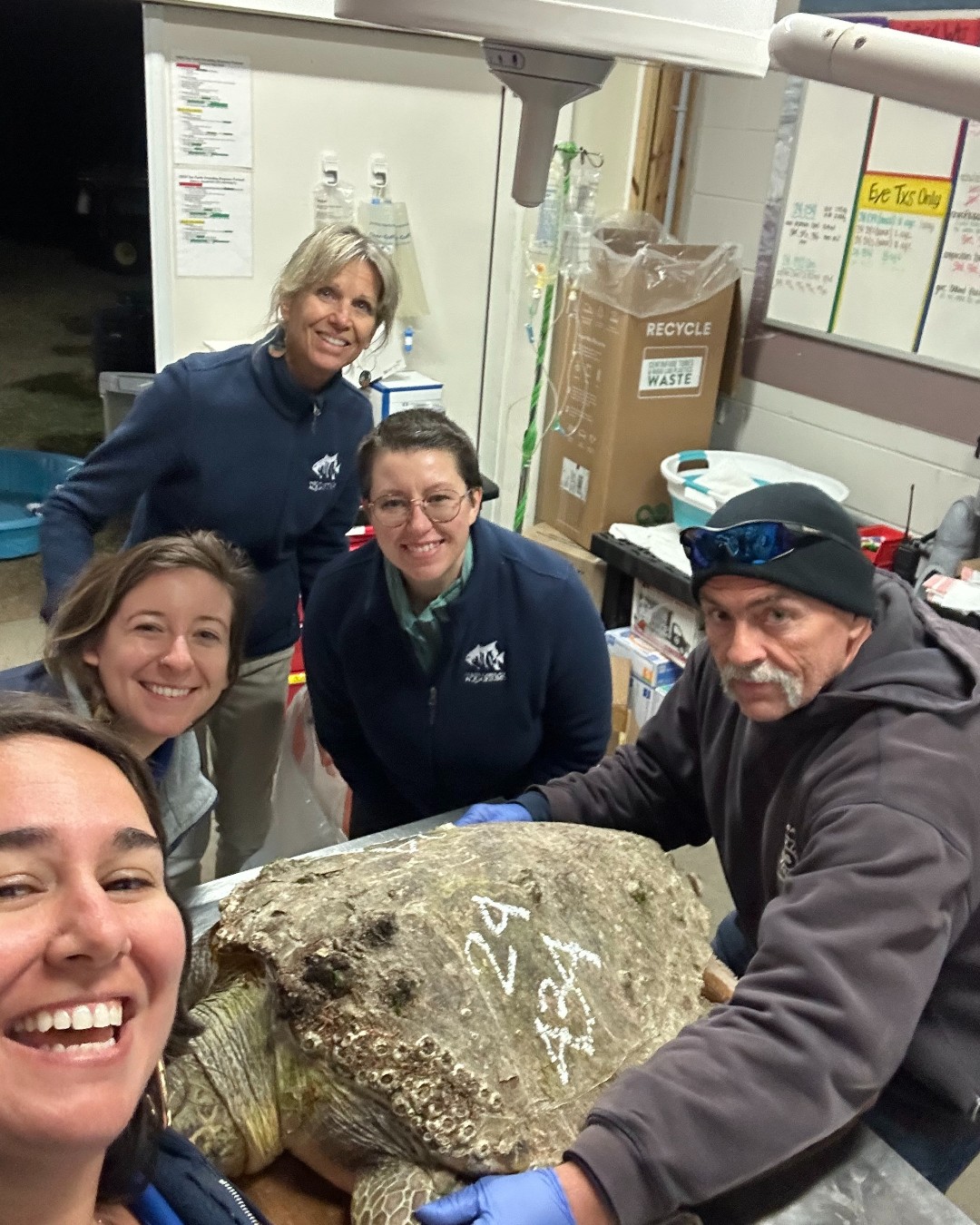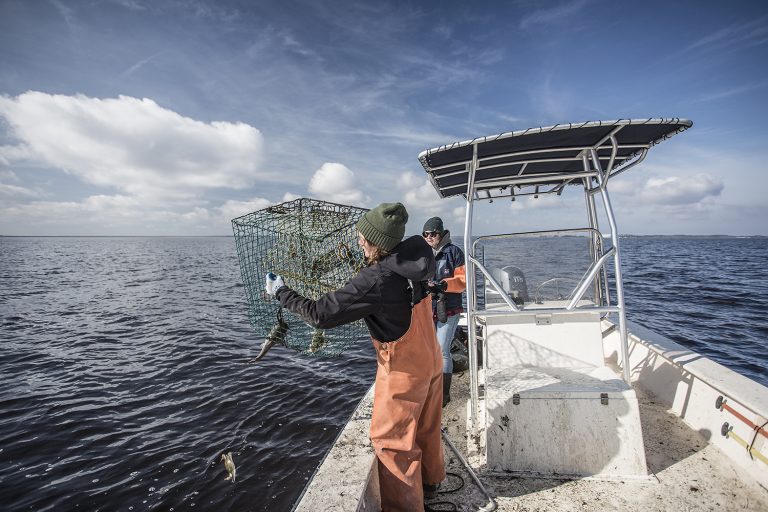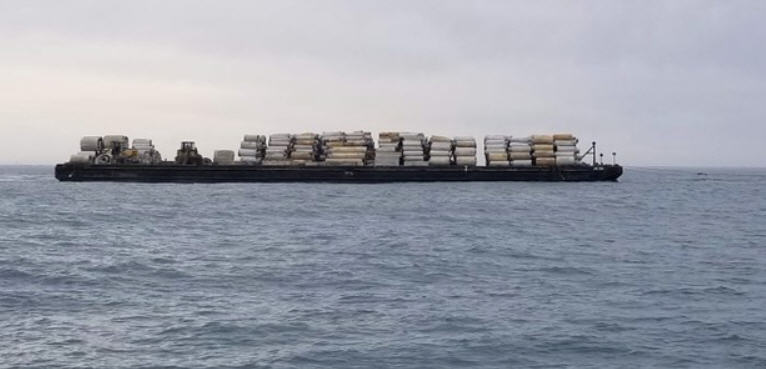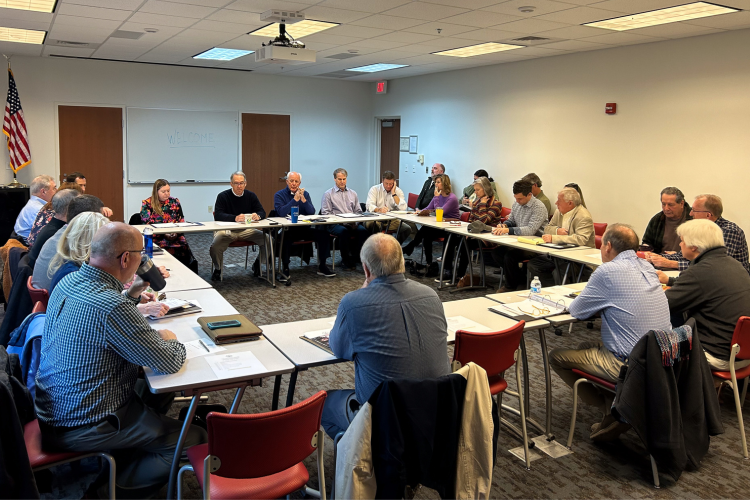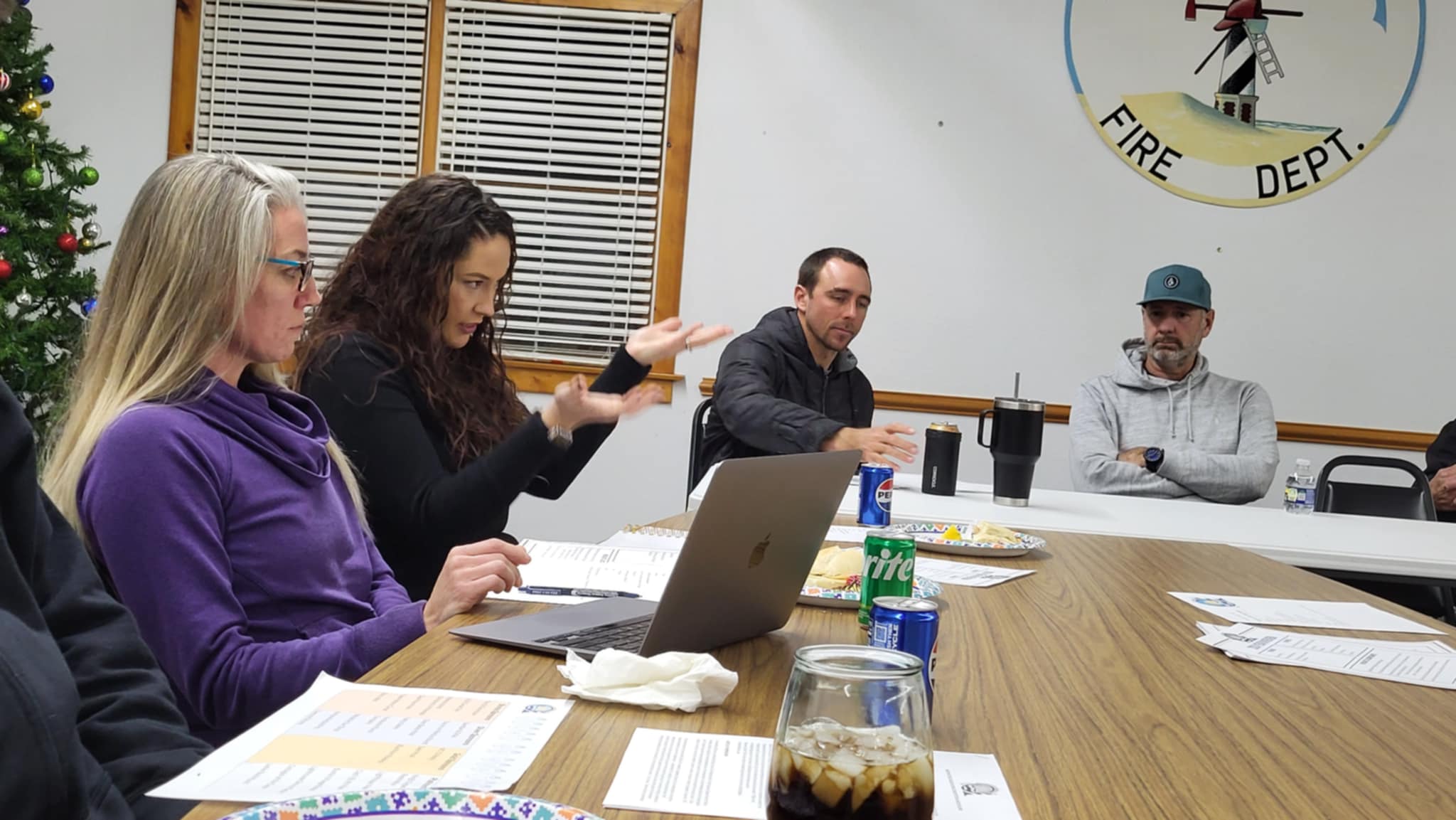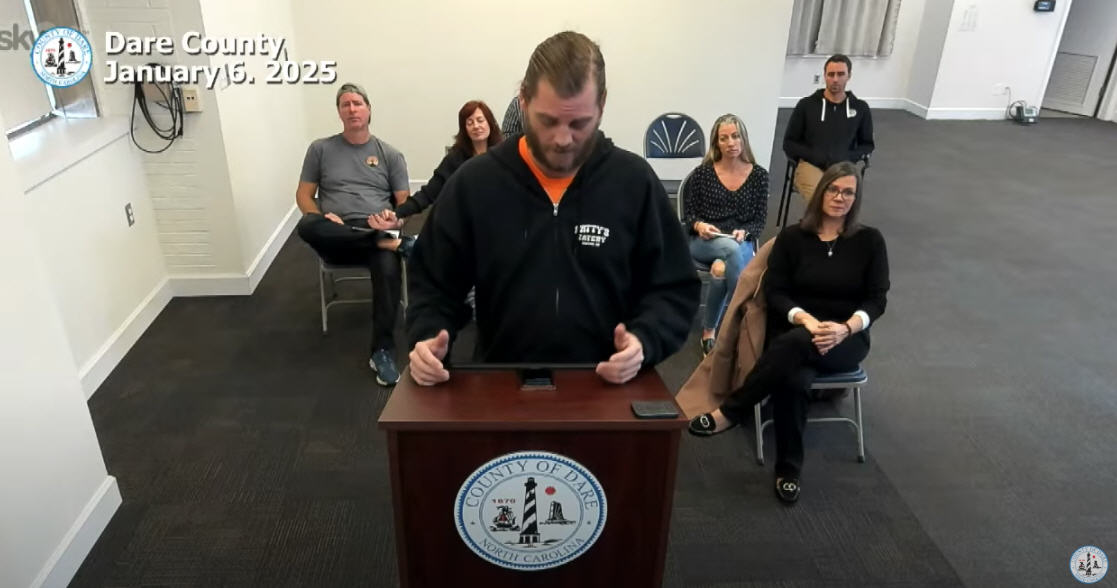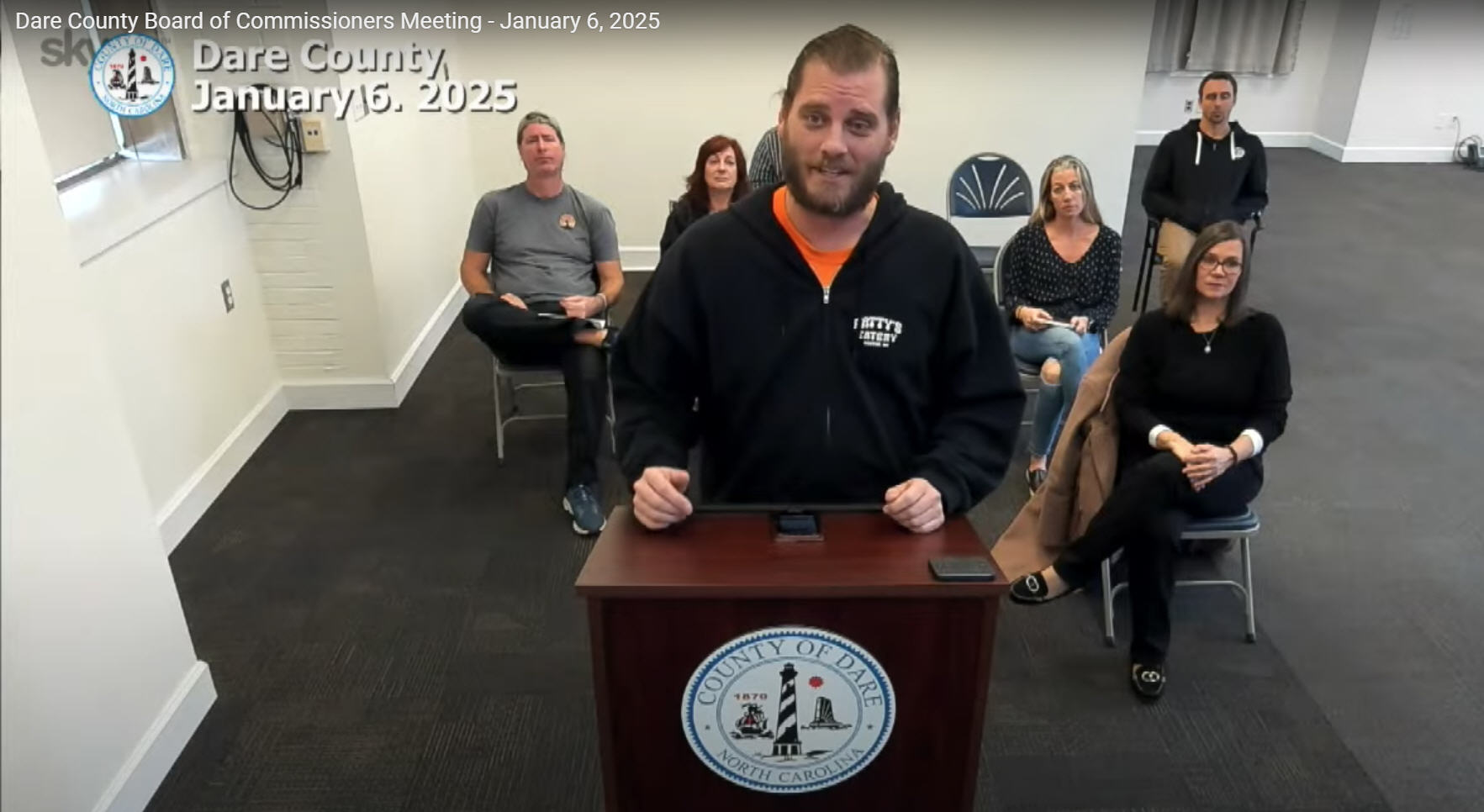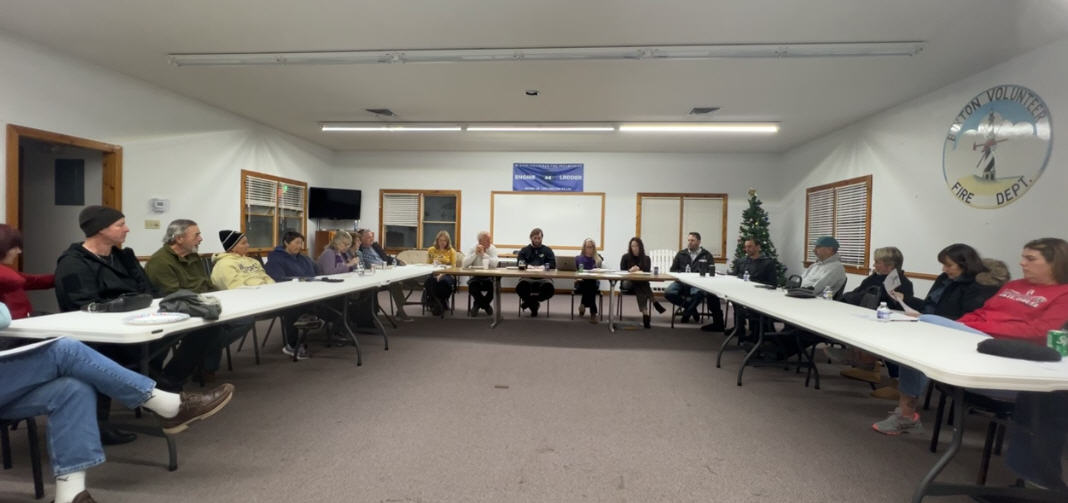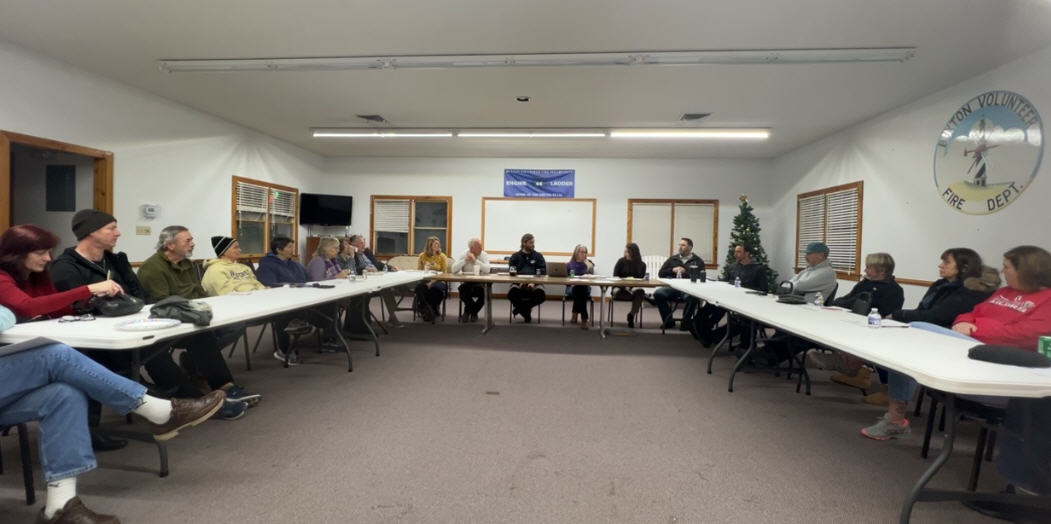Students discover a 17th-century wedding ring while visiting the new Lost Colony Museum
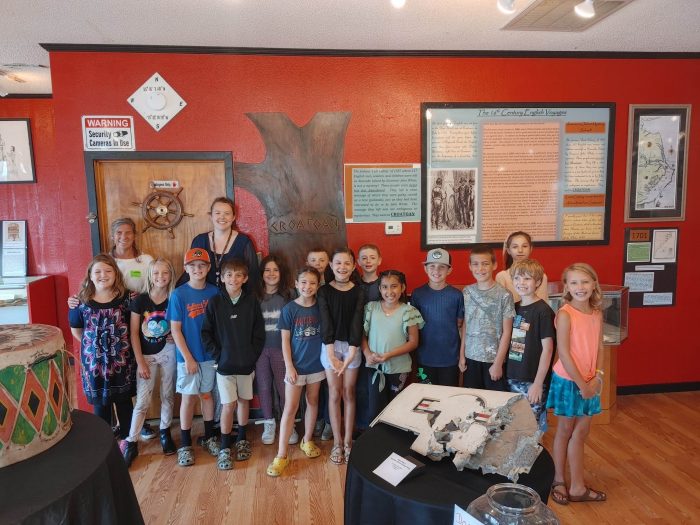
A group of Cape Hatteras Elementary third-grade students made a remarkable and unexpected discovery of a 17th-century wedding ring while on a field trip to the new Lost Colony Museum and Gift Shop in Buxton.
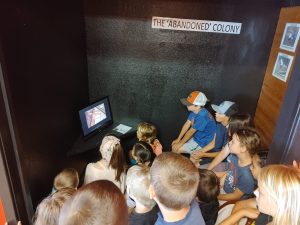
Scott Dawson, museum owner and author of The Lost Colony and Hatteras Island, engaged the 18 students and their teacher Jordyn Fenner with a few interactive activities during their visit, and that included an opportunity to sift through some of the residue of previous archaeological digs from a site in Buxton.
“When we do archaeology in the field, we get the big artifacts, and we catch the really small stuff through a mosquito screen so we can sift through it later,” said Dawson.
Archaeological digs have been conducted several times a year at an undisclosed Buxton site since 2009, under the guidance of renowned experts from around the globe.
The timeframe of the artifacts is determined by the layer of subterranean turf where they are found, and the bucket of small pieces that the students sifted through was from the 1610s-1640s.
Among the tiny animal teeth and fish vertebrae, the students discovered a few new treasures.
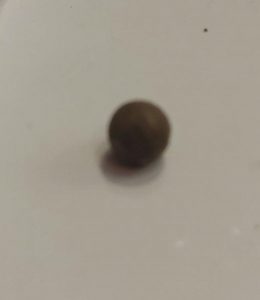
“They ended up finding a musket ball, and a blue Venetian bead, and a piece of silver which we think is part of a wedding ring,” said Dawson. “It’s not unusual to find a musket ball or a bead, but a wedding ring is something else entirely.”
The small half-sliver of metal had a portion of a setting intact, and while Dawson recognized the find as a rare ring, he contacted Professor Mark Horton of England’s University of Bristol – one of the top archaeologists in the world – to confirm the discovery. “He wrote back and said ‘I think it could be a ring’… It’s sterling silver, and that’s not something that’s Native American,” said Dawson.
“The kids took [the project] very seriously, so it’s exciting that they found something so unusual.”
The Lost Colony Museum officially launched in the spring of 2023 as an initiative to share Hatteras Island’s distinctive place in the familiar story of the early English colonists.
Filled with hundreds of artifacts, documents, and interactive displays that share insights from global experts, the museum uncovers the major role that Hatteras Island and the original Croatoans had in the English’s initial visits and later colonization of America.
“We should be more famous than Plymouth Rock,” said Dawson. “We are Manteo’s hometown. So we’re trying to be a little more inclusive, and to tell the story from a new, native perspective.”
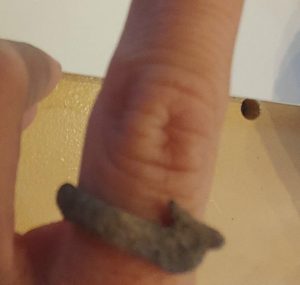
The museum also aims to erase a decades-old myth that no one knows what happened to the Lost Colonists of Roanoke Island, who disappeared in 1587 after carving the word “CROATOAN” into a palisade – an indication that they were heading south to Hatteras Island.
Per Dawson, there were multiple English journeys to the Outer Banks prior to the Lost Colony, with the first English visitors landing in modern-day Buxton in 1584. Manteo was actually from Hatteras Island, and instead of warring with the colonists, Manteo served as an ambassador, making two trips across the pond to build relationships with the new English arrivals, and earning a Lordship in the process.
“The English made multiple journeys to Hatteras Island before [the Lost Colony], so having a story where we don’t talk about what happened in 1584, 1585, and 1586 is like telling the story about the Titanic, but leaving out the iceberg,” said Dawson. “People would wonder how the Titanic sank, and would debate how it [disappeared], but it’s a fact that we already know.”
Since opening, the museum has continually expanded, with a new display case arriving soon, and donations being collected for a second display case to showcase the many local artifacts. “It’s a good problem to have when you have so many artifacts that you need two cases,” said Dawson.

And while the CHES third grade class was the very first school group to visit the museum – making a remarkable discovery to boot in the process – Dawson hopes that they won’t be the last.
“I would like for all the Dare County Schools, and any school really, to come and visit, but especially our Hatteras Island [students],” said Dawson. “This is their heritage, and if they come away knowing a little bit more about how important Hatteras Island and the Croatoans were in history, it is very much worth it.”
For more information, and how you can help:
- The new Lost Colony Museum and Gifts, which is orchestrated by the Croatoan Archaeological Society (CAS), is located at 46618 N.C. Highway 12. Buxton.
- Exhibit display cases are still needed, and the public can help via a GoFundMe campaign, or by donating via the CAS website. Donations are tax-deductible as the CAS is a 501c3 nonprofit organization.
- To keep tabs on the museum’s progress and events, visit the Croatoan Archeological Society’s Facebook page.



